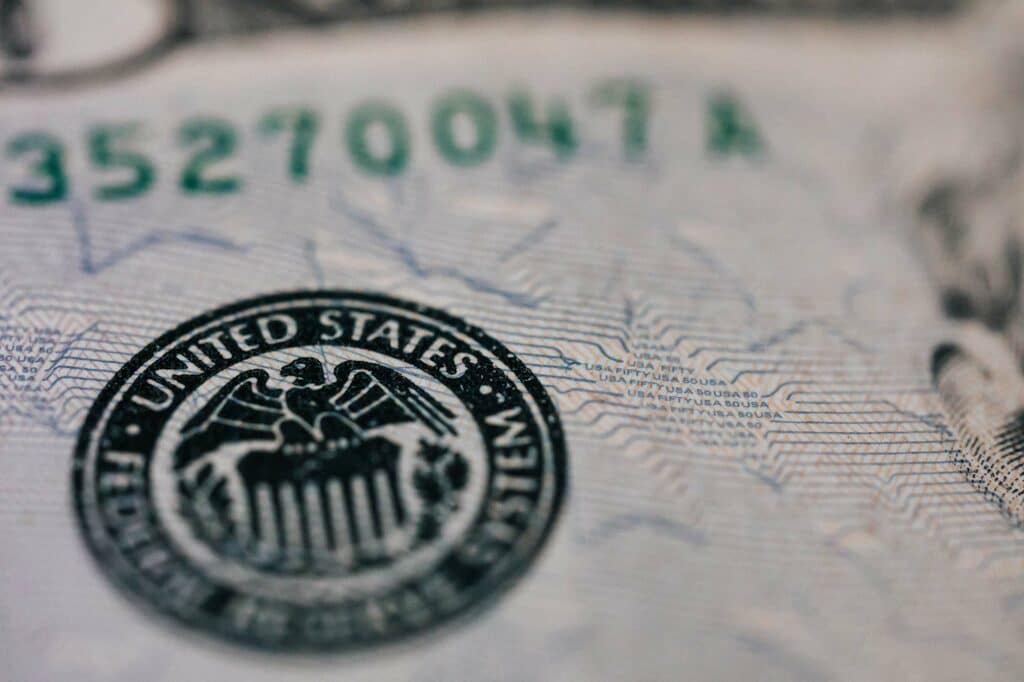Gold Miners On The Sale Rack
It’s been a rough year for the major market averages, with the major indexes down roughly 20% in their worst year since 2008.
This poor performance is not surprising after a decade-long bull market that pushed valuations to historic extremes combined with an ultra-hawkish Federal Reserve that has aggressively hiked rates into a recessionary environment.
At the same time that higher rates have dented earnings and resulted in layoffs due to increased interest expense, the outlook for forward earnings is less clear, with consumer spending pulling back and reduced sales leverage for most corporations.
However, one sector stands out and has been trending higher over the past two months: the gold mining sector. In fact, the Gold Miners Index (GDX) has clawed back from a 30% year-to-date loss to just a 13% year-to-date loss, and many gold miners are trading in positive territory year-to-date.
Given that they’ve suffered through a much larger bear market than the Nasdaq (COMPQ) with a ~55% decline, these names are not only undervalued, but they’re long-term oversold, and the sector could have meaningful upside as we head into a strong seasonal period for the GDX.
In this update, we’ll look at two of the more undervalued names in the sector:
Osisko Gold Royalties (OR)
Osisko Gold Royalties (OR) is a $2.23 billion company in the precious metals royalty/streaming space.
This means that It finances developers, producers, and explorers in the commodity sector with a gold/silver focus, providing them capital upfront to build or expand their assets.
In exchange, Osisko Gold Royalties receives either a royalty or stream on the asset over its mine life, with the latter giving it a right to buy a percentage of metal produced at a fixed cost that is well below spot prices.
The result is that royalty/streaming companies have their tentacles in several projects, have their revenue streams spread across several countries, and are inflation-resistant. Hence, they are superior businesses from a margin and risk standpoint vs. most gold producers.
So, what’s so special about Osisko?
While Osisko may not be the largest royalty/streaming company in the sector, it stands out for three reasons.
For starters, it generates most of its revenue from royalties and streams in Tier-1 jurisdictions, a clear differentiator from its peers, making it more attractive from a geopolitical standpoint.
Secondly, Osisko is partnered with some of the largest operators in the sector on its projects, including Agnico Eagle (AEM), Newmont (NEM), and Alamos (AGI).
Not only does this mean that more meters are drilled on its properties which provides Osisko with a potential upside above its initial investment, but it also means that these mines are managed by highly skilled operators capable of maintaining and growing production without issues.
The final point and most important is that Osisko has a very deep pipeline of development assets and one of the best growth profiles sector-wide. This includes the potential to grow production from 90,000 gold-equivalent ounces [GEOs] in FY2022 to 140,000 GEOs in 2026 and up to 200,000 GEOs in 2030.
The latter represents an industry-leading 10.5% compound annual production growth rate which dwarfs the low single-digit production growth rate for larger royalty/streaming peers in the sector.
However, this growth assumes that Osisko doesn’t aggressively acquire new royalties/streams, which is certainly possible with over $600MM in liquidity currently.
Based on what I believe to be a fair cash flow multiple of 25.0 and FY2023 cash flow per share estimates of $0.74, I see a fair value for OR of $18.50, representing a 51% upside from current levels.
Tthese cash flow estimates assume that gold remains below $1,875/oz next year and silver remains below $23.00/oz, with these forecasts looking beatable based on spot prices today.
To summarize, OR is the most attractive royalty/streaming company sector-wide from a growth, quality, and value standpoint, and I am bullish at $12.00, where a large margin of safety is baked into the stock.
Barrick Gold (GOLD)
Barrick Gold (GOLD) is the world’s 2nd largest gold producer and sports a market cap of $30.8BB at a current share price of $17.50.
Despite its distinction as the #2 gold producer globally, Barrick has underperformed its peers and suffered a more than 45% decline from its 2020 highs despite a mere 14% decline in the gold price.
This underperformance can be attributed to the fact that Barrick’s operating costs have risen due to inflation, its production has been lower over the past three years as it’s made divestments, and it saw one asset go offline (Porgera), leading to a further decline in its global gold production (~4.2 million ounces per annum).
The combination of higher costs, a lower gold price, and declining production has put a major dent in annual EPS and cash flow per share, with Barrick on track to see its annual EPS decline from $1.15 in FY2020 to $0.81 this year.
While this is disappointing, it’s important to note that production is expected to increase materially, looking out to 2024 with its new Goldrush Mine, increased production at Turquoise Ridge and Pueblo Viejo, and a Porgera restart.
Simultaneously, its costs are also expected to decline materially with the benefit of some moderation in inflationary pressures, the optimization of key assets, and much lower sustaining capital after a year of elevated waste-stripping costs in 2022.
The result is that annual EPS will likely trough in 2022, rising above $1.00 in FY2024 assuming the gold price cooperates.
Given that we could be seeing peak operating costs and trough earnings/cash flow and the market is forward-looking, I believe it’s likely that Barrick has seen its lows at $13.00 per share and will likely trade in a range between $13.00 and $26.00 per share over the next 18 months.
So, while the stock is off its lows, I still see considerable upside left, and I would expect any sharp pullbacks to provide buying opportunities. This is supported by the fact that Barrick has historically traded at 25.0x earnings and currently trades at just ~17.5x FY2024 annual EPS estimates of $1.00.
Hence, even if we were to see it trade below this level (24x earnings), I see a fair value for its 18-month target price of $24.00.
So, why Barrick vs. other major producers?
Although Barrick may operate out of some less attractive jurisdictions (Papua New Guinea, Mali, Congo), its largest mining hub is in Nevada.
Notably, the company has a very bright future in the state with a joint venture completed to unlock significant resources and optimize these assets.
Ultimately, I see this leading to meaningful growth in its Nevada production profile post-2025, and with this being the #1 ranked jurisdiction globally, I would expect Barrick to continue to command a premium multiple.
This is reinforced by Barrick having a disciplined CEO and industry-leading diversification with over a dozen mines across multiple jurisdictions.
So, with the stock hated and on the sale rack, I would expect pullbacks below $16.40 to provide buying opportunities.
In a market where few stocks are making new 50-day highs, the gold sector is a clear exception, with several names like OR, GOLD, and AEM breaking out of bases.
Even more importantly, these bases have been built after two-year bear markets that have left these stocks with attractive valuations and considerable upside before they become overbought.
So, if I were looking to diversify my portfolio, I see OR and GOLD as solid buy-the-dip candidates.
Disclosure: I am long OR, AEM, GOLD, AGI
Taylor DartINO.com Contributor
Disclaimer: This article is the opinion of the contributor themselves. Taylor Dart is not a Registered Investment Advisor or Financial Planner. This writing is for informational purposes only. It does not constitute an offer to sell, a solicitation to buy, or a recommendation regarding any securities transaction. The information contained in this writing should not be construed as financial or investment advice on any subject matter. Taylor Dart expressly disclaims all liability in respect to actions taken based on any or all of the information in this writing. Given the volatility in the precious metals sector, position sizing is critical, so when buying small-cap precious metals stocks, position sizes should be limited to 5% or less of one’s portfolio.
Gold Miners On The Sale Rack Read More »











